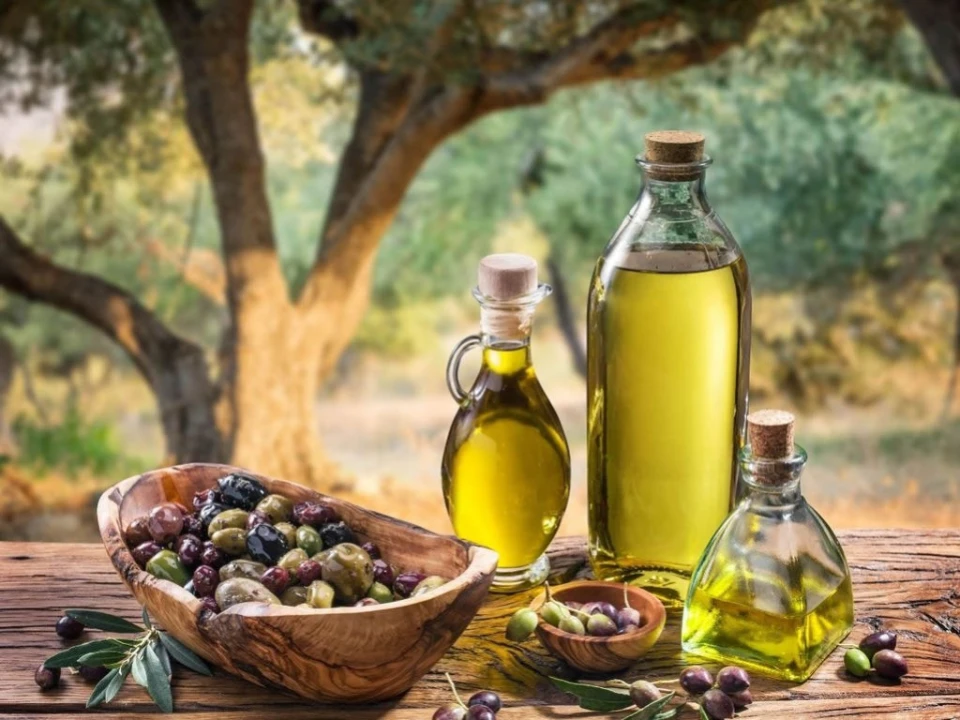In Italy, food is a reflection of our memories, traditions, and language. It is how we express who we are, and often, we do this through a simple drizzle of extra virgin olive oil. In our cuisine—the one we seek to preserve and pass on—olive oil is the first, yet most essential, ingredient.
Though rarely mentioned, it is what makes the difference between a dish that shines and one that’s easily forgotten. It is found at the bottom of the pan, in the gleam of a vegetable, in the aroma of a bruschetta, and in the tenderness of the crumb.
Sicily has been producing olive oil for over three thousand years. The Greeks introduced it, the Arabs perfected its extraction, and local farmers made it a key part of the agricultural landscape. For centuries, it was simply a daily necessity, without much narrative. It is only in recent years that it has started to be recognized not only as an economic asset but also as an identity marker. In Sicily, olive oil is both nourishment and a part of the land. It carries the voice of ancient groves, the product of a farming culture that, despite enduring various challenges, continues to speak through the work of its people.
This is where certified Sicilian olive oil comes into play. Since 2018, a certification has been in place to protect its origin, production methods, and quality: IGP Sicilia. This certification brings together growers, millers, and bottlers under a set of shared guidelines. The rules are simple but stringent: every step of production must take place on the island, and at least 90% of the olives must come from indigenous varieties. These include Biancolilla, Cerasuola, Nocellara del Belice, Nocellara Etnea, Tonda Iblea, Moresca, and Ogliarola Messinese. The rest ensures supply chain monitoring, sensory evaluations, unique QR codes, and complete traceability.
Over 2,800 companies are now involved in this effort. With its distinct climate and diverse soils, Sicily produces a unique olive oil. The IGP certification guarantees that Sicily is offering a product of the highest quality to the world. More than two million liters are certified, and over three million bottles are sold annually. This success has allowed Sicilian olive oil to surpass even the historically dominant Tuscan brand.
The sensory profile is clear: a medium-to-strong fruitiness with grassy notes, hints of green tomato, artichoke, and almond. The acidity remains below 0.5%, while the polyphenol content stays above 100 mg/kg. This translates to an oil that is stable, aromatic, with a bold yet well-balanced flavor, and rich in antioxidants that extend its shelf life and enhance its character.
It is not just about technical specifications—style is important too. The visual identity is carefully crafted, and the product’s market positioning is consistent. Bottles with the IGP label are now available in select retail chains, wine shops, foreign markets, and online platforms. They represent one of the strongest elements of the new Made in Sicily food sector.
The entire industry has made a commitment to sustainability, adopting low-impact practices, from early harvesting to crushing within 48 hours, as well as conscientious water resource management. It is an agricultural system that works, fosters widespread economic growth, and strives for lasting recognition over time.




